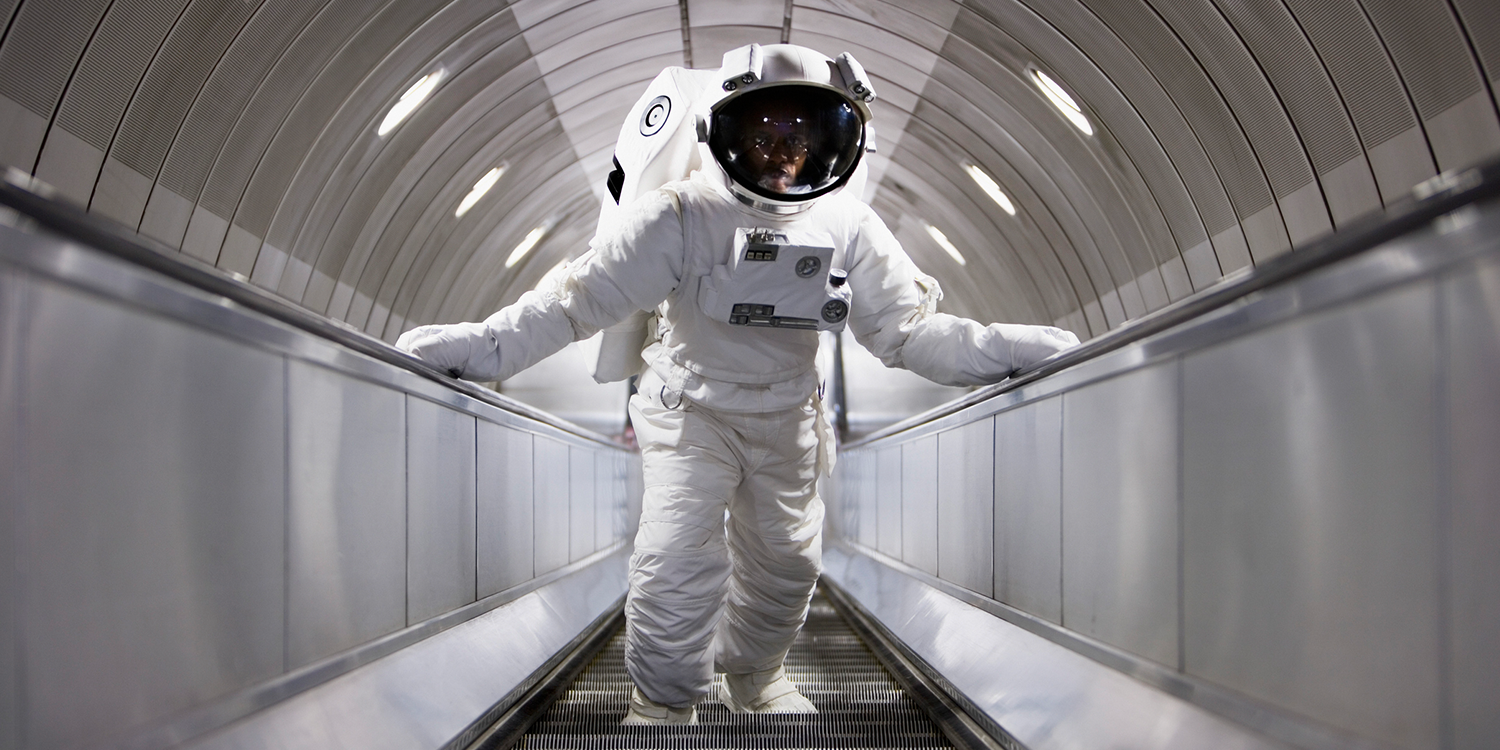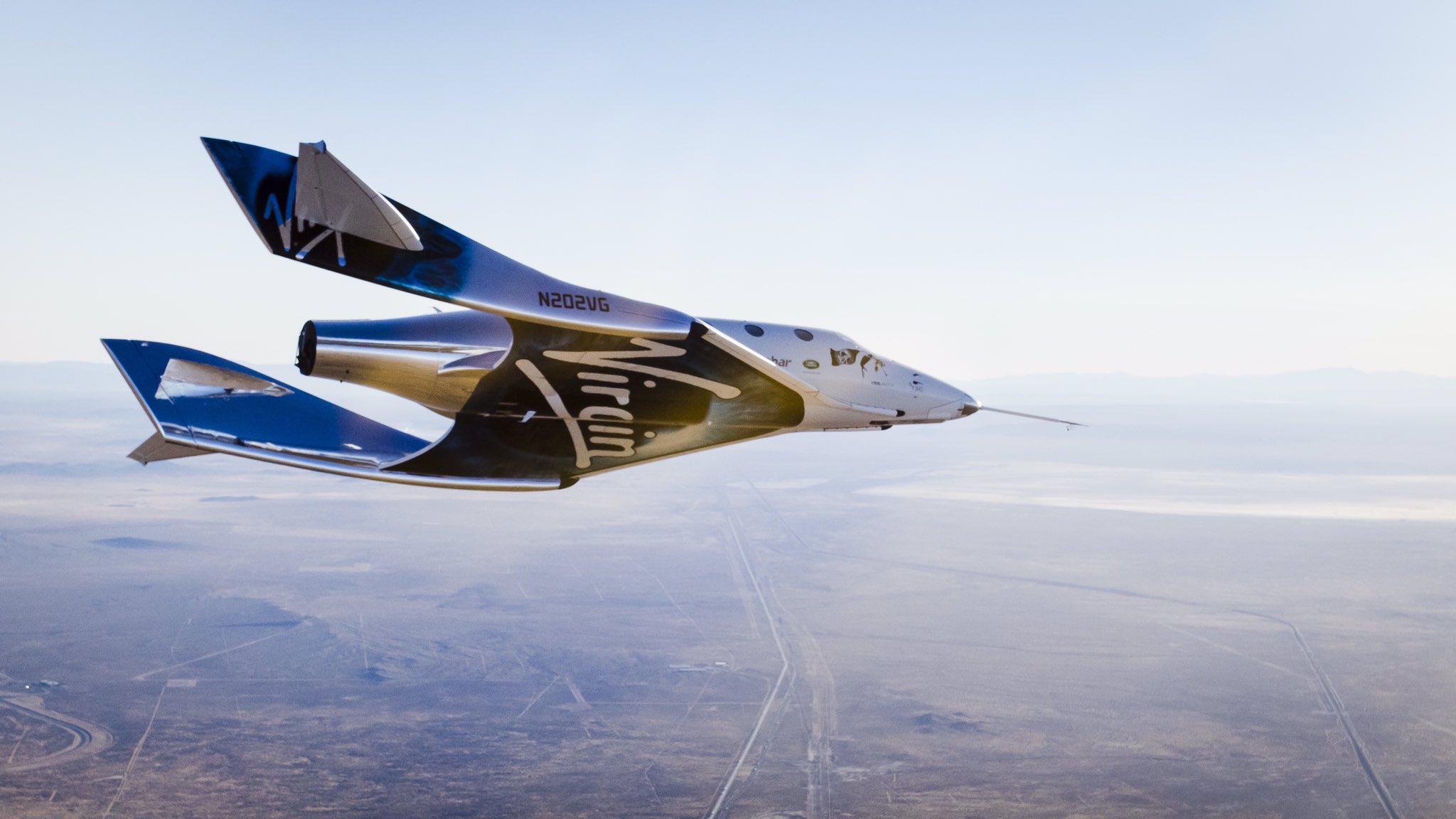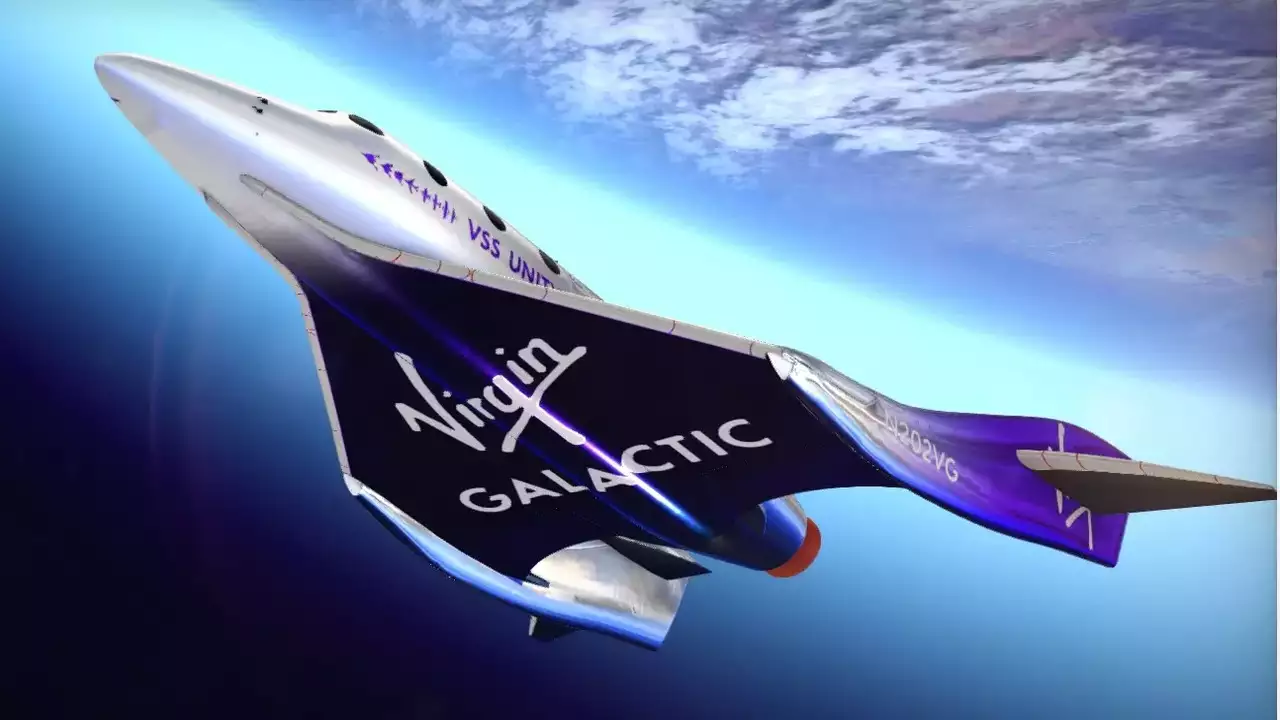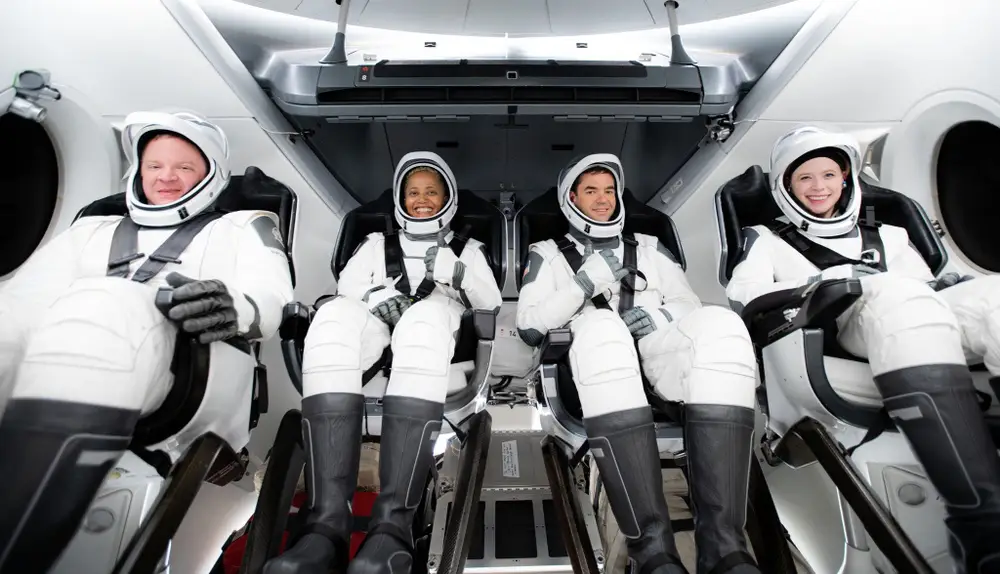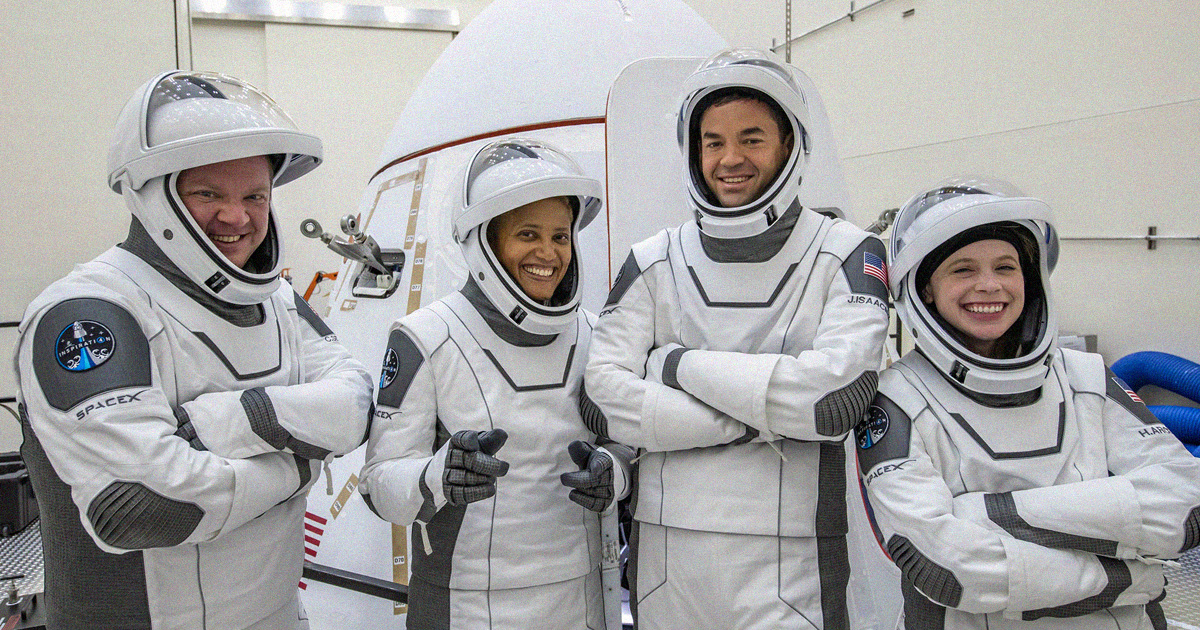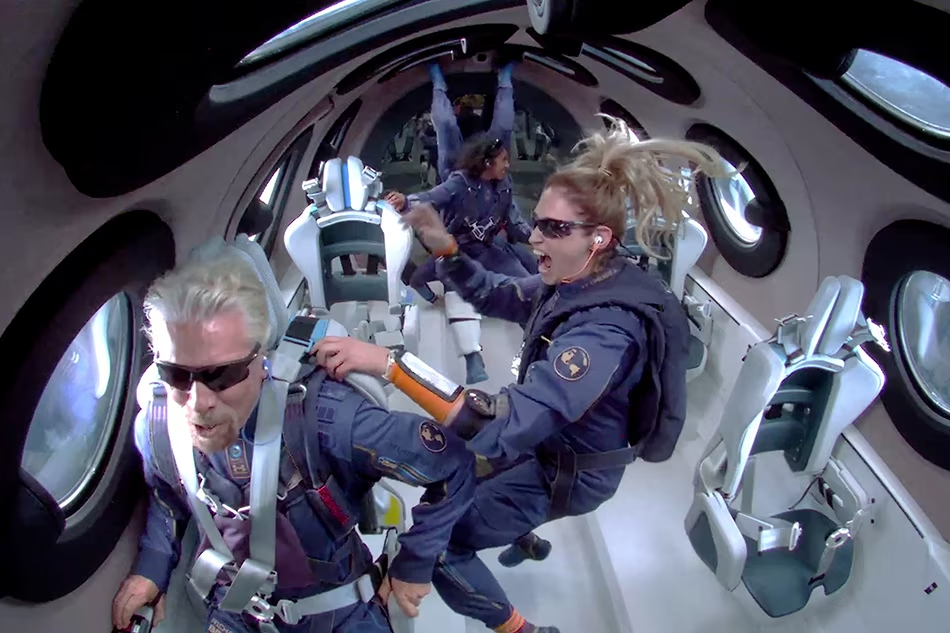Space Tourism - Journey Beyond Earth's Boundaries
This article explores the fascinating world of space tourism, delving into its history, current developments, challenges, and the promising future that lies ahead.
Author:Daniel BarrettNov 01, 20232.9K Shares136.2K Views
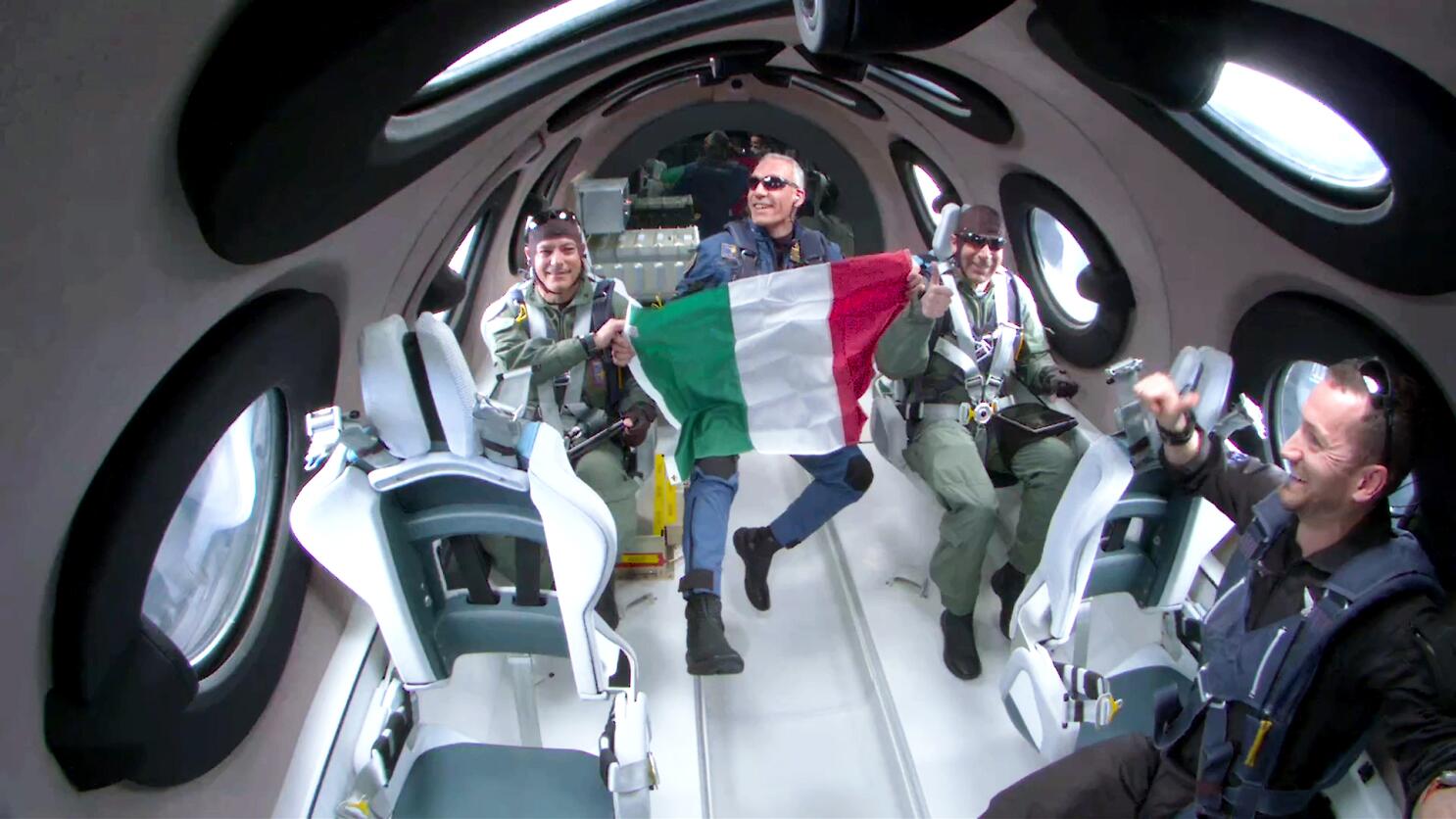
Space tourism, once a mere dream confined to the pages of science fiction, has transcended the boundaries of imagination and is now becoming a reality. With rapid advancements in aerospace technology and the emergence of private space companies, space tourism is on the verge of transforming from a niche industry into a mainstream phenomenon. This article explores the fascinating world of space tourism, delving into its history, current developments, challenges, and the promising future that lies ahead.
Defining Space Travel
The debate over where Earth's atmosphere ends and space begins centers on a critical line, the Kármán line, situated 60 miles (about 100 kilometers) above our planet's surface. This line is internationally recognized, serving as the aeronautical boundary according to the Féderátion Aéronautique Internationale, the body responsible for certifying global astronautical records.
However, in the United States, organizations like the F.A.A. and NASA consider everything above 50 miles to be space. This subtle difference in definition significantly influences how we perceive and regulate space travel, highlighting the precision required in the exploration of our celestial boundaries.
The Evolution Of Space Tourism - From Dreams To Reality
Space tourism, a concept once reserved for the realm of science fiction, has a fascinating history that parallels humanity's journey into the cosmos. This brief exploration takes us through the milestones of space tourism, illustrating how it transformed from an ambitious idea to a tangible reality.
Early Dreams And Imaginations
The idea of space tourism has intrigued visionaries for centuries. From the works of Jules Verne to the imaginative tales of early science fiction writers, the concept of exploring outer space for leisure captured the human imagination. However, it wasn't until the mid-20th century that this dream began to take shape amid the rapid advancements in space technology.
The Space Race And Conceptualization
The 1960s, an era marked by the intense competition of the Space Race between the United States and the Soviet Union, laid the groundwork for modern space exploration. During this time, space agencies focused on launching astronauts into space, with little consideration for civilian travel. Nonetheless, the concept of space tourism started to gain traction among scientists, engineers, and science fiction enthusiasts.
Dennis Tito: A Pioneer's Journey
The turning point for space tourism occurred on April 28, 2001, when Dennis Tito, an American businessman, made history by becoming the world's first space tourist. Tito's journey to the International Space Station (ISS) aboard a Russian Soyuz spacecraft was a watershed moment. His adventure not only fulfilled a lifelong dream but also demonstrated that civilian space travel was no longer a fantasy.
Opening The Door To Possibilities
Dennis Tito's historic trip opened the door to a new era in space exploration. His successful mission showcased the potential for non-professional astronauts to travel to space, albeit at an exorbitant cost. This achievement ignited the interest of entrepreneurs, scientists, and space enthusiasts worldwide, leading to a flurry of research and development in the private sector.
The Birth Of Commercial Space Companies
Following Tito's expedition, the early 2000s saw the emergence of pioneering private space companies. Visionaries like Elon Musk, Jeff Bezos, and Richard Bransonenvisioned a future where space travel was not limited to government-funded missions. These entrepreneurs founded companies like SpaceX, Blue Origin, and Virgin Galactic, aiming to make space tourism accessible to a broader audience.
Looking Ahead - New Horizons And Challenges
As technology continues to advance and costs decrease, space tourism is on the verge of a significant transformation. Suborbital flights, orbital vacations, and even lunar tourism are becoming realistic possibilities. However, challenges such as ensuring passenger safety, addressing environmental concerns, and establishing ethical guidelines remain crucial areas of focus.
The Revolution Of Commercial Space Ventures - A New Era In Space Tourism
In the dynamic landscape of space exploration, a revolutionary shift has occurred with the rise of commercial space companies. In recent years, industry giants such as SpaceX, Blue Origin, and Virgin Galactic have emerged as pioneers, reshaping the future of space tourism. Led by visionary entrepreneurs like Elon Musk, Jeff Bezos, and Richard Branson, these companies are not just exploring the cosmos; they are transforming it into a realm accessible to ordinary individuals.
SpaceX - Redefining Space Travel
At the forefront of this space revolution stands SpaceX, founded by Elon Musk. With groundbreaking achievements like the development of the Falcon 9 and Falcon Heavy rockets, SpaceX has not only propelled satellites into orbit but has also revolutionized cargo resupply missions to the International Space Station (ISS). Musk's vision extends beyond Earth's orbit, aiming for Mars colonization and interplanetary travel. Through reusable spacecraft technology, SpaceX has significantly reduced the costs associated with space exploration, paving the way for more affordable and sustainable space tourism.
Blue Origin - Elevating Space Accessibility
Founded by Amazon's Jeff Bezos, Blue Origin is committed to making space travel a reality for everyone. Their New Shepard suborbital vehicle, designed for space tourism, has undergone successful test flights, showcasing its potential for taking paying passengers on brief journeys to the edge of space. Blue Origin's dedication to safety, innovation, and affordable spaceflight experiences positions it as a key player in the democratization of space exploration.
Virgin Galactic - A Leap Into Suborbital Space
Richard Branson's Virgin Galactic is focused on creating a unique and immersive space tourism experience. Utilizing the VSS Unity spacecraft, Virgin Galactic aims to take tourists on suborbital flights, allowing them to experience weightlessness and witness the Earth's curvature. With a focus on commercial space travel, Virgin Galactic has captured the public's imagination, offering a glimpse into the future where space tourism is not just a dream but a tangible adventure.
Innovations Driving Accessibility
These companies are not merely building rockets; they are innovating at an unprecedented pace. Reusable rocket technology, advanced materials, and streamlined manufacturing processes have drastically reduced launch costs. Additionally, advancements in safety protocols and rigorous testing ensure that space tourism becomes not only accessible but also secure for everyday travelers. As these innovations continue to evolve, the dream of space tourism inches closer to reality for people worldwide.
Suborbital Flights - Paving The Way For Future Space Exploration
In the exhilarating realm of space tourism, suborbital flights have emerged as a gateway to the cosmos, offering intrepid travelers a tantalizing taste of space without the complexities associated with orbital missions. Companies like Virgin Galactic have pioneered this domain, providing adventurers with a remarkable experience that blurs the lines between Earth and the universe beyond.
A Brief Sojourn Beyond Earth
During suborbital flights, passengers embark on a transformative journey, soaring to the edge of space where gravity loosens its grip, granting a few precious minutes of weightlessness. As the spacecraft ascends, travelers are treated to an awe-inspiring sight: the curvature of the Earth against the vast expanse of space. This unparalleled vista, with its hues of blue and hints of the cosmos, serves as a testament to the beauty and grandeur of our planet.
The Crucial Role Of Suborbital Journeys
Beyond the breathtaking views and moments of weightlessness, suborbital flights play a pivotal role in the progression of space exploration. These missions serve as a crucial stepping stone, bridging the gap between Earth's atmosphere and the boundless wonders of space. The knowledge gained from these flights contributes vital data for the development of future orbital and interplanetary travel endeavors.
Virgin Galactic - Shaping The Future Of Space Tourism
Virgin Galactic, a trailblazer in the field of suborbital space travel, has captured the world's imagination with its innovative approach. Their spacecraft, designed for both safety and comfort, embodies the spirit of human curiosity. As passengers embark on their suborbital journey with Virgin Galactic, they are not merely tourists; they are pioneers, venturing into a realm that was once accessible only to a select few.
Looking Ahead - A Future Among The Stars
As suborbital flights become more commonplace, the boundaries of human exploration expand. Each journey contributes to our understanding of the cosmos, paving the way for future generations of space enthusiasts. The collaboration between pioneering companies like Virgin Galactic and the global community of space enthusiasts fosters a sense of unity and shared purpose.
In this exciting era of space exploration, Bugbog.com, a hub of travel enthusiasts, serves as a valuable resource for those captivated by the wonders of the world, including the boundless realms beyond Earth. For more information on thrilling travel destinations and experiences, visit Bugbog.com.
Orbital Tourism - A Glimpse Into Extraterrestrial Living
In the vast expanse of space, a new frontier has emerged – orbital tourism. This extraordinary venture allows individuals not only to visit space but to reside among the stars, offering a profound and immersive experience unlike any other. At the heart of this venture lies the International Space Station (ISS), a symbol of human collaboration and scientific exploration.
Beyond The Boundaries Of Earth
Orbital tourism involves extended stays aboard space stations such as the ISS, where travelers embark on an odyssey beyond the Earth's confines. This experience offers a unique blend of awe-inspiring views, scientific discoveries, and a sense of unity with the cosmos. Astronauts and private citizens alike become pioneers, transcending earthly boundaries and embracing the challenges and wonders of life in microgravity.
A Visionary Approach To Space Exploration
Companies like SpaceX, led by the visionary Elon Musk, are at the forefront of making orbital tourism a reality for private citizens. Through groundbreaking initiatives, these companies are working tirelessly to enable individuals not only to visit but also to live and work in space. This endeavor serves as a catalyst for fostering research, innovation, and international collaboration, pushing the boundaries of human knowledge and technological advancement.
The Impact On Humanity
Orbital tourism holds the promise of transforming the way we perceive our place in the universe. By enabling private citizens to participate in extended space missions, the barriers between professional astronauts and everyday people blur. This democratization of space exploration instills a sense of wonder, curiosity, and inspiration among people from diverse backgrounds, cultures, and nations.
Fostering Research, Innovation, And International Collaboration
Living aboard the ISS provides a unique environment for conducting scientific experiments that are not possible on Earth. From studying the effects of microgravity on the human body to conducting experiments in various scientific disciplines, orbital tourists contribute significantly to our understanding of the universe. Moreover, this collaborative effort between nations and private entities fosters a spirit of international cooperation, transcending geopolitical differences and promoting unity in the pursuit of knowledge.
A Future Among The Stars
As orbital tourism becomes more accessible, the dream of living among the stars inches closer to reality for humanity. The prospect of extended stays in space stations opens doors to new possibilities, from commercial ventures to scientific breakthroughs that can benefit life on Earth.
With each expedition, we move closer to a future where the stars are not just distant specks in the night sky but tangible destinations, inviting us to explore, learn, and thrive in the boundless expanse of the cosmos.
Navigating Challenges And Ethical Frontiers In Space Tourism
The allure of space tourism, with its promise of otherworldly adventures, is undeniably captivating. However, beneath the surface of this exhilarating prospect lie a multitude of challenges and ethical considerations that must be carefully navigated to ensure a sustainable and responsible future for commercial space travel.
Ensuring Passenger Safety
Safety stands as the foremost concern in the realm of space tourism. Journeying beyond Earth's atmosphere involves inherent risks, necessitating meticulous planning and rigorous safety protocols. Spacecraft design, crew training, and emergency response mechanisms must be continuously refined to minimize potential hazards and ensure the well-being of passengers.
Addressing Environmental Concerns
The environmental impact of space tourism is a pressing concern. Rocket launches emit greenhouse gases and contribute to air pollution, posing ecological challenges. As the frequency of launches increases, the industry must explore greener propulsion technologies and sustainable practices to mitigate its environmental footprint. Balancing the thrill of space exploration with environmental stewardship is pivotal for the industry's future.
Establishing Robust Regulatory Frameworks
To foster a safe and responsible space tourism industry, comprehensive regulatory frameworks are imperative. Governments and international organizations must collaborate to establish clear guidelines governing space activities. These regulations should encompass safety standards, environmental protection measures, and ethical considerations, ensuring a cohesive approach to the challenges posed by commercial space ventures.
Ethical Implications - Managing Space Debris And Resource Equity
Space tourism raises profound ethical questions, including the management of space debris and the equitable distribution of extraterrestrial resources. Space debris, fragments of defunct satellites and discarded rocket stages, poses collision risks to operational spacecraft. Addressing this challenge requires global cooperation to clean up orbital pathways and prevent further debris generation.
Unveiling The Cosmic Horizons - The Bright Future Of Space Tourism
Gazing toward the future, the landscape of space tourism appears boundless, promising an era where the stars are within reach for all humanity. With each technological leap, the dream of venturing beyond Earth's atmosphere transforms into a tangible reality, poised to redefine the way we explore the cosmos.
Advancing Technology And Decreasing Costs
In the relentless march of technological progress, space tourism stands on the brink of a transformative revolution. Advancements in spacecraft design, propulsion systems, and manufacturing techniques are driving costs down and efficiency up. Reusable rocket technology, pioneered by companies like SpaceX, significantly reduces the financial barriers to space travel. As these technologies mature, space tourism could become as commonplace as boarding a commercial airliner, marking a paradigm shift in human mobility.
Lunar Tourism And Beyond - Exploring New Frontiers
The allure of space extends far beyond Earth's orbit. Lunar tourism, once the domain of science fiction, is on the cusp of becoming a reality. Imagine standing on the surface of the Moon, gazing back at our pale blue dot suspended in the cosmic sea. Private companies and space agencies alike are setting their sights on lunar exploration, with plans to establish bases and open the Moon to tourists.
Additionally, the dream of interplanetary travel tantalizes the imaginations of space enthusiasts and scientists. Mars, with its red deserts and enigmatic history, beckons humanity to explore its surface. Visionary plans from organizations like SpaceX envision a future where humans colonize the Red Planet, sparking a new chapter in our interplanetary saga.
The Catalyst For Cosmic Expansion
Space tourism is not merely a leisure activity; it is a catalyst for humanity's expansion into the cosmos. The knowledge gained from these endeavors fuels scientific research and innovation, paving the way for sustainable living in space. With each mission, we unlock the secrets of the universe, nurturing our curiosity and deepening our understanding of the cosmos.
Space Tourism - FAQs
What Is The Space Tourism?
Space tourism refers to the commercial activity of sending private individuals, also known as space tourists, to space for recreational, leisure, or adventure purposes. Unlike professional astronauts who undergo rigorous training for scientific missions, space tourists typically experience suborbital or orbital flights that provide them with a brief taste of space travel. These experiences often include moments of weightlessness and breathtaking views of the Earth from space.
Is NASA Doing Space Tourism?
As of my knowledge cutoff in January 2022, NASA, the United States government space agency, primarily focuses on scientific research, exploration, and international collaborations rather than commercial space tourism. However, NASA has supported the development of commercial space ventures through programs like the Commercial Crew Program, which aims to facilitate safe transportation of astronauts to and from the International Space Station (ISS) using commercial spacecraft developed by private companies like SpaceX and Boeing. These initiatives have indirectly contributed to the possibility of space tourism by making access to space more feasible for commercial entities.
What Is Space Tourism Examples?
- Virgin Galactic:Virgin Galactic, founded by Richard Branson, aims to provide suborbital spaceflights to the public. Their spaceplane, VSS Unity, offers a few minutes of weightlessness and a view of Earth from the edge of space.
- Blue Origin:Founded by Amazon's Jeff Bezos, Blue Origin is developing suborbital and orbital spacecraft. Their suborbital vehicle, New Shepard, is designed for space tourism and scientific research.
- SpaceX:While primarily focused on scientific and commercial missions, SpaceX, founded by Elon Musk, has announced plans to send private passengers on orbital flights around the Moon and, potentially, to Mars in the future. They have also facilitated missions to the ISSfor private astronauts and research organizations.
- Space Adventures:Space Adventures is a private space tourism company that has arranged several orbital spaceflights for private individuals aboard Russian Soyuz spacecraft, including the first space tourist, Dennis Tito, in 2001.
Conclusion
Space tourism represents a remarkable convergence of human ingenuity, technological innovation, and the enduring spirit of exploration. As we venture into the vastness of space, we embark on a journey that transcends national boundaries and unites us in the pursuit of knowledge and adventure. While challenges lie ahead, the collective efforts of scientists, engineers, and visionaries around the world continue to propel us towards a future where space tourism is not just a possibility but a reality for all.
Jump to
Defining Space Travel
The Evolution Of Space Tourism - From Dreams To Reality
The Revolution Of Commercial Space Ventures - A New Era In Space Tourism
Suborbital Flights - Paving The Way For Future Space Exploration
Orbital Tourism - A Glimpse Into Extraterrestrial Living
Navigating Challenges And Ethical Frontiers In Space Tourism
Unveiling The Cosmic Horizons - The Bright Future Of Space Tourism
Space Tourism - FAQs
Conclusion

Daniel Barrett
Author
Daniel Barrett is a tech writer focusing on IoT, gadgets, software, and cryptocurrencies. With a keen interest in emerging technologies, Daniel offers expert analysis and commentary on industry trends. Follow him for authoritative insights into the latest tech innovations.
Latest Articles
Popular Articles

